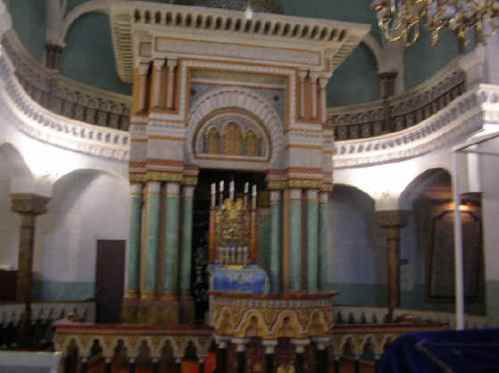What part of your life would you change for love?
Why would you change your beliefs and identity?
How do you know if what you changed for is ‘real’?

- I meet M. in NYC’s Bryant Park where as ‘The Coach is IN: A Talk in the Park: people present situations and needs. I ‘coach’ success strategies to help them resolve conflict, improve communication, and focus careers.
- I think of it as my new conversational journey: http://communicationessentials.wordpress.com.
- M. and her friend L. huddled over their MAC’s debating ‘to be or not to be coached’at the table next to me. Insinuating myself into their conversation, I had myself two new ‘clients’. (like Peanuts’ Lucy, I charge a nickel so “clients” must be in “air quotes”) http://communicationessentials.wordpress.com.
- M. and L’s friendship begun on a bus to Boston has lasted through time and distance – a fact that speaks volumes about them both. Interestingly, both had relationship questions but at different ends of the ‘love’ spectrum. http://communicationessentials.wordpress.com/2012/07/12/friends-after-…ch-is-in-vol-5/
M’s in a relationship and she’s scared. Fear is causing a conflict: internally.
This fear has evolved in the last year – it wouldn’t have been relevant before. A Moscow Jew, she has been learning and becoming involved with Judaism (it sounded like through Chabad).
Friday nights find her in Shabbat Services these days. Her beliefs, life style and identity have changed. She now works for a Jewish organization, taking young people to Israel on Birthright/Taglit trips. www.birthrightisrael.com
The Friday we spoke would be the first Shabbat not spent in a synagogue in a year. She wondered how she would feel, already missing the sanctuary services offered.
M’s complications: love and religion. She’s dating a young man from her synagogue, a man she was friends with for months. They like each other – a lot.
Her fear is NOT about whether the relationship will last. (she knows it’s a real possibility).
Remember her conflict is internal. It’s about her changing at her pace. Her boyfriend is more observant, observing dietary laws (kosher) and the Sabbath (Shabbat). For them to be together she would have to be equally observant. Now she attends Shabbat services, but is she ready for more? What does she want? She’s not sure.
Her fear: being told what or how to do things. She doesn’t want to change for the wrong (read: not her) reasons. This tug-of-war wraps pulls at her mind and emotions: she loves shrimp but might be willing to be Kosher. He can keep Shabbat, but she may still want to see a Saturday movie with her friends.
Optimistically she questions: Perhaps he’ll change and meet her half way? She knows the answer.
As her afternoon coach, I can only offer strategies to understand and then
communicate her needs. Providing a framework to sort through her thoughts and feelings, I leave her to do the hard work.
While M’s story is not unique, I’ve heard 50 shades of it since my conversational journey last fall, amazement at this movement’s magnitude continues.
Throughout Eastern Europe, Jews are exploring long hidden, forgotten, ignored Judaism. Throughout Russia young people are exploring (all) religion, dealing with the ‘usual’ debate over who is ‘legally’ Jewish. A generation after the fall of communism people have the freedom to ‘wake up’ and stretch their beliefs. Religion, and faith can be explored and expressed.
I’m reminded again how easy it is to take my Judaism, my freedom to believe, for granted. My fear: how easy it is to store aspects of my identity until they’re needed or wanted.
M. is strong and determined. She’ll maintain, grow and develop her identity, discovering who she is and who she is meant to be. I hope I can do the same.
One bit of (ironic) news about Eastern European Jewry heard while docenting at Museum at Eldridge Street: A., an Israeli-German woman living in Hamburg, shared all (almost) synagogues in Germany are Orthodox! Before WWII, Reform Judaism began there.
New Jewish congregants are moving into Germany from ‘the East’. The only reform synagogue is the Orienenburger Synagogue, http://www.jg-

The Orienenburger or Neue Synagogue in Berlin is home to a beautiful and welcoming egalitarian service (just be sure to get on a list to get in!). The beautiful facade is all that is left of the synagogue which was destroyed during Kristallnacht in 1938. Germany has a GROWING Jewish population, only recently publishing a Jewish newspaper for the first time since WWII!
berlin.org/en/judaism/synagogues/oranienburger-strasse.html is egalitarian. The Cantor and Rabbi are women, lead beautiful and welcoming services. I attended several services here when visiting Berlin, services which felt like ‘home’.









































